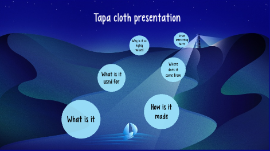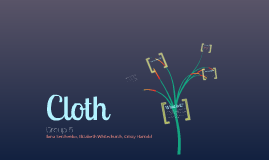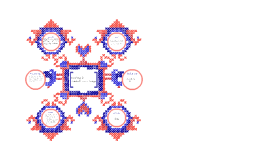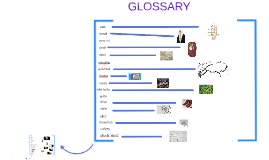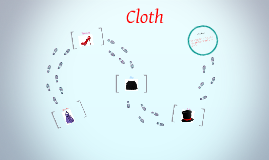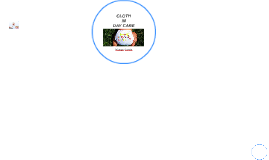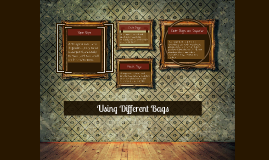CLOTH
Transcript: Make a change Start Today! Don't wait for tomorrow! CLOTH IN DAY CARE Meagan Lancia Keefer, A. (2015, January 27). Environmental Impact of Disposable Diapers. Retrieved March 3, 2015, from http://www.livestrong.com/article/149890-environmental-impact-of-disposable-diapers/ Why choose cloth diapers? Real Diaper Association Diaper Facts. (n.d.). Retrieved February 26, 2015, from http://www.realdiaperassociation.org/diaperfacts.php Buchanan, J. (n.d.). Cloth Diapers: Truth, Facts and Benefits for Infant and Family. Retrieved March 1, 2015, from http://www.wetreatkidsbetter.org/2012/12/cloth-diapers-truth-facts-and-benefits-for-infant-and-family/ The Many Dangers of Disposable Diapers | Small Footprint Family. (2012, March 31). Retrieved March 1, 2015, from http://www.smallfootprintfamily.com/dangers-of-disposable-diapers Hirsch, L. (2013, October 1). Disposable Diapers or Cloth Diapers: How Do I Decide? Retrieved February 27, 2015, from http://kidshealth.org/parent/question/infants/diaper_types.html







